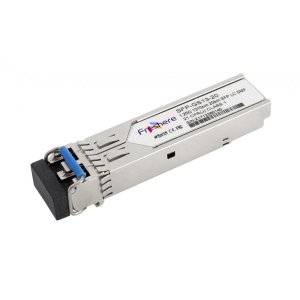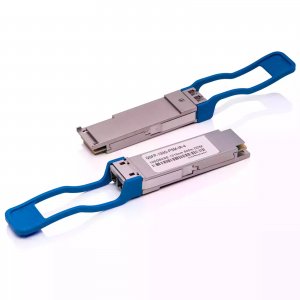SFP (Small Form-factor Pluggable) and QSFP (Quad Small Form-factor Pluggable) are two types of optical transceivers used in data communication networks to transmit and receive digital signals over optical fibers. They are both compact and hot-swappable, meaning they can be easily removed and replaced without affecting the operation of the network.


SFP transceivers are designed for single-channel transmission, whereas QSFP transceivers can transmit and receive up to four channels simultaneously. This allows QSFP to offer higher bandwidth and more connectivity options compared to SFP. QSFP is often used in high-speed data centers, enterprise networks, and service provider networks.
In terms of size, QSFP is slightly larger than SFP, but both types of transceivers are designed to fit into standard ports, making them easy to use in a variety of network configurations. They are also compatible with different types of fiber optic cables, including multimode and single-mode fibers, and they support a range of data transfer rates from 100 Mbps to 100 Gbps.
When it comes to choosing between SFP and QSFP, it is important to consider the needs of the network. If a network requires a high bandwidth, or if there is a need for multiple channels to be used simultaneously, then QSFP may be the better option. On the other hand, if a network requires a smaller form factor and lower power consumption, then SFP may be the more suitable choice.
In conclusion, SFP and QSFP are two essential components of modern data communication networks, and each has its own unique advantages and disadvantages. By understanding the difference between these two types of transceivers, network administrators can make informed decisions about which is the best fit for their network needs.
